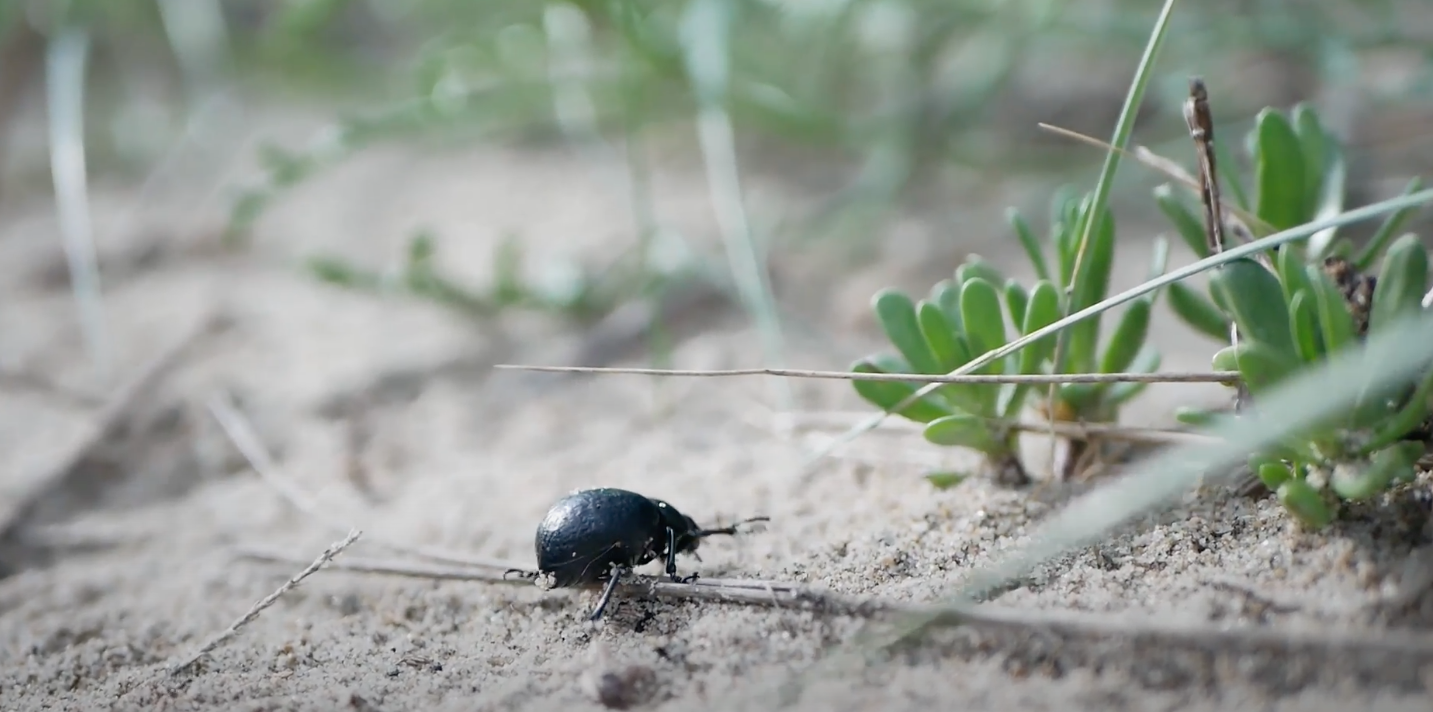The coasts harbor a rich biodiversity, with many species exclusive to this environment, especially among insects. The entomological component of dunes, facing harsh conditions such as lack of soil, high humidity, high insolation, strong winds and high temperatures, is characterized by unique morphological and eco-ethological adaptations. These characteristics make insects excellent model organisms for assessing the impact of anthropogenic and climatic activities on dune ecosystems. The insects themselves, due to the negative climatic impacts, appear to be in steep decline, with cascading effects on terrestrial communities and trophic networks.
Insects make up more than 58 percent of the global biodiversity known today, with more than one million species described and millions more species still to be described or unknown. A large number of these, including those unknown to science, continue to go extinct worldwide due to anthropogenic interference and climate change.
Dune ecosystems are particularly fragile, but are also fundamental features of well-preserved coastlines, representing an intermediate and transitional system between the terrestrial and marine environments.
Monitoring the entomological component in these ecosystems turns out to be essential to assess their conservation status.Three commonly used monitoring techniques include traps triggered with various types of decoys, direct sampling with entomological nets, and light attraction systems (aimed at capturing entomofauna with nocturnal activity).

